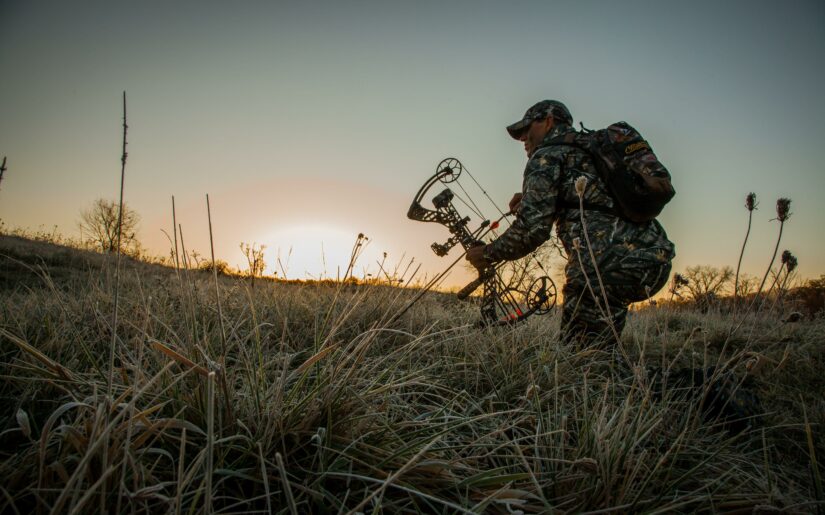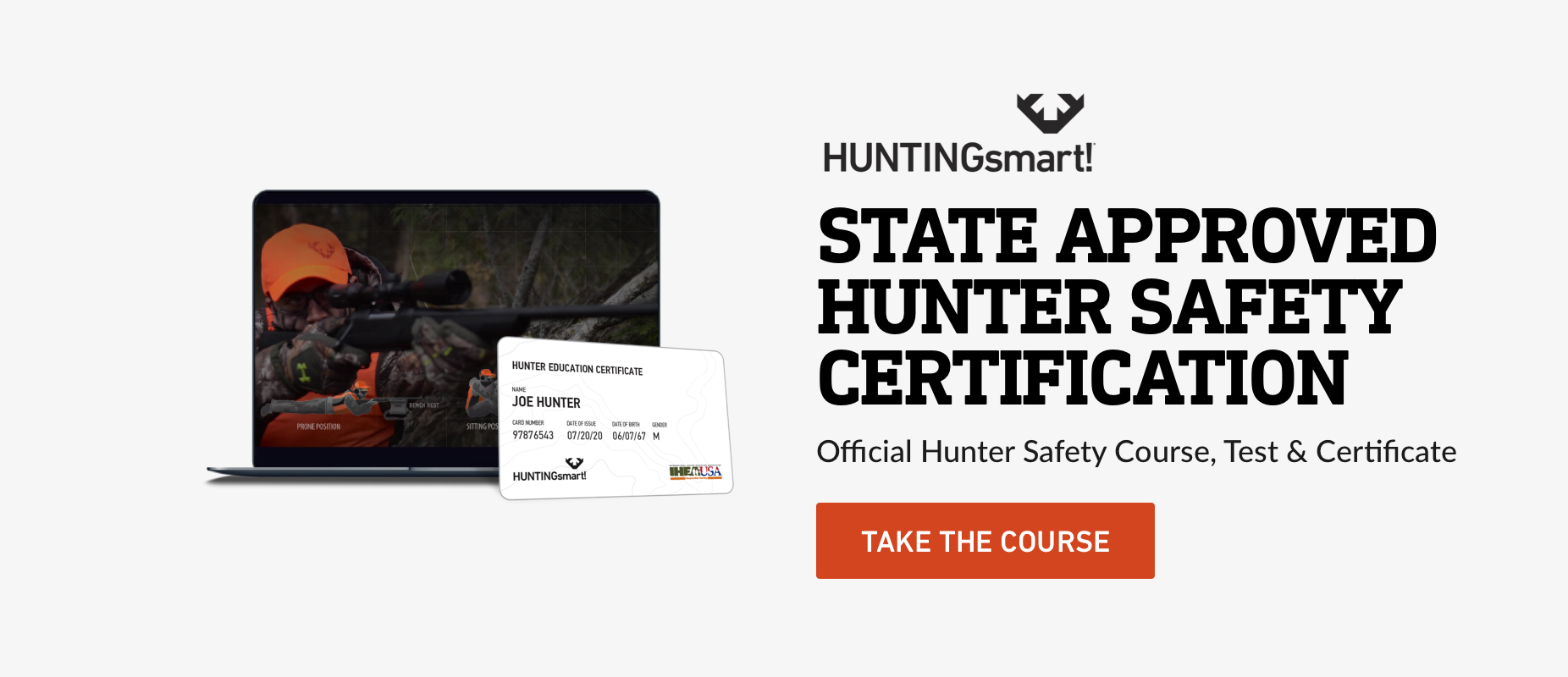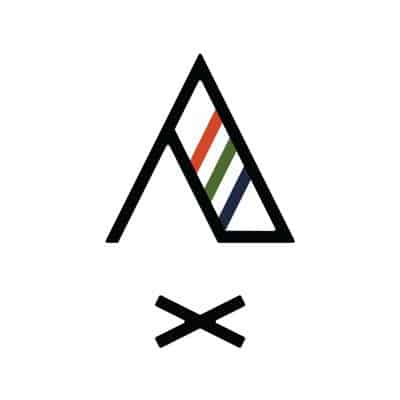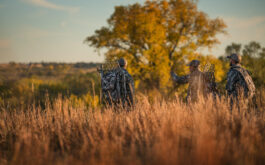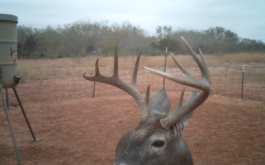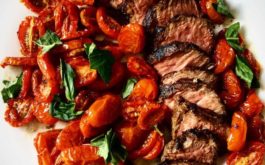Bowhunting is a challenge for novice and experienced hunters alike, and this new level of excitement and fun might just be something worth getting into! Not only are archery seasons typically longer than rifle or muzzleloader but the sport of bow hunting requires an elevated level of skill and precision. Bow hunting creates a unique adventure and allows you to see wildlife through a whole new lens. At 30 or so yards from your target your steady hand must prevail, and your margin of error is minimal. When you’re starting out as a bowhunter, the most important question you have to answer is this: “how do I go about selecting a compound bow?” We’re here to help guide you on your journey to selecting a compound bow that’s right for you!
Why Choose a Compound Bow?
For bowhunters, accuracy and efficiency is key — and that’s where a great compound bow comes into play. Over the years, there have been significant improvements to the compound bow to help increase that accuracy and efficiency, and the bows you can buy today greatly outrank those of the past. Compound bows are perfect for a compact, light and exciting bowhunting experience, and they’re a must-have for anyone getting into the sport of bowhunting.
Things to Consider When Shopping for Your Compound Bow
When selecting a compound bow, it’s always a good idea to have an understanding of the different terms that go along with it. After all, making sure you’re well-versed on the vocabulary around compound bows will come in handy when you’re shopping for one. The first thing you need to consider when selecting a compound bow is application (are you looking to hunt or target shoot?). The next thing, and possibly the most important thing, is finding a bow that is the right fit for you!
Here are some things to consider when selecting the right compound bow for you:
- Draw Length
- Draw Weight
- Bow Length
- Brace Height
- Bow Weight
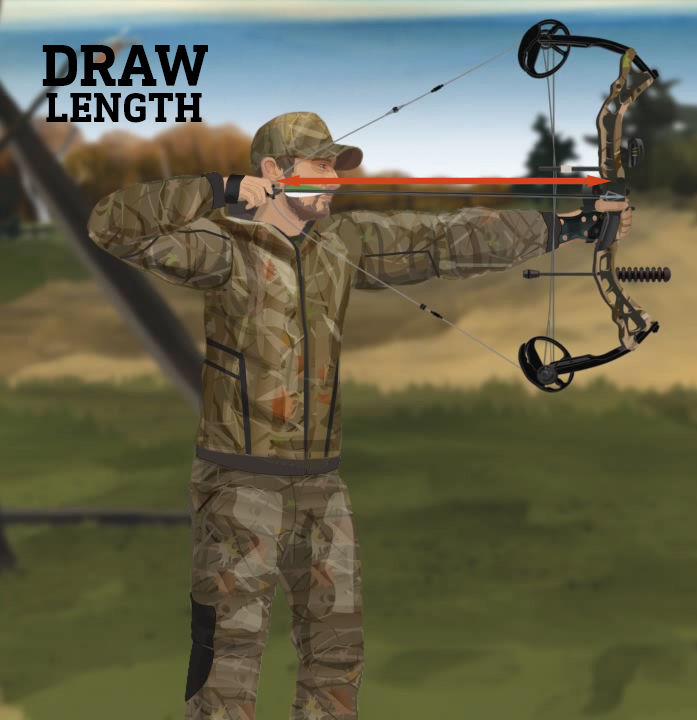
Draw Length
Your compound bow’s draw length explains how long you’ll need to draw your bow before firing. This is the distance from the string all the way to the deepest part of your grip and choosing a compound bow with a proper draw length for you is essential for you to shoot accurately and correctly.
You can have your proper draw length measured by your local archery shop, however it’s pretty simple to do at home. To measure your draw length, for a “T” with your body, with your arms stretched out straight to the side. Have a friend use a measuring tape from the tip of one middle finger to the tip of the other. This will give you your wingspan. Take your wingspan and divide it by 2.5. This will give you your ideal draw length.
Why is proper draw length important? There are several reasons why having a draw length that is too long or too short can be a problem. These include too much torque, inaccurate shot, trouble aiming, improper posture and even possible injury.
Draw Weight
Draw weight explains the weight (in pounds) that you’ll need to pull back on to reach full draw before firing your compound bow. The heavier the draw weight, the faster the arrow will fire — but as a beginner, you will want to start out with a lower draw weight and work your way up. Selecting a draw weight that is too heavy can cause stress which can lead to shakiness and being unfocused while shooting.
To determine the right draw weight for you, you will need to match the weight to your strength. To do this, draw and hold in position for 20-30 seconds. If you can maintain this hold for the entire time without beginning to shake or fatigue, then the draw weight is right for you. The more you bow hunt, the stronger your shooting muscles will get. This will allow you to increase your draw weight. Many compound bows come with an adjustable draw weight that will allow you to increase the weight, and therefore your speed, the more experienced you become.
Bow Length
Your compound bow’s length is measured from axle to axle, and really reflects the length of your bow itself. A shorter bow length may be better for tighter shooting situations, like treestands. A longer bow length may be better when shooting targets or in an open field situation. Bow length really comes down to personal preference, however a longer bow is more forgiving for beginners. Just make sure to select a bow that is not uncomfortably long for you.
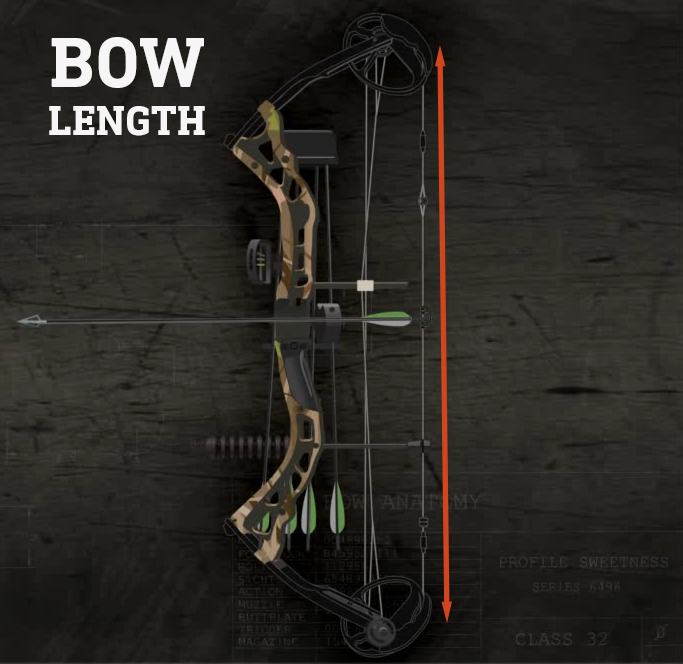
Brace Height
Your compound bow’s brace height — or the distance between your bowstring and handle grip while in a resting position — is also something you’ll want to pay attention to. Faster compound bows tend to have a shorter brace height, but compound bows with a longer brace height are usually better for beginners as they provide more stability for your shot and are easier to draw and hold.
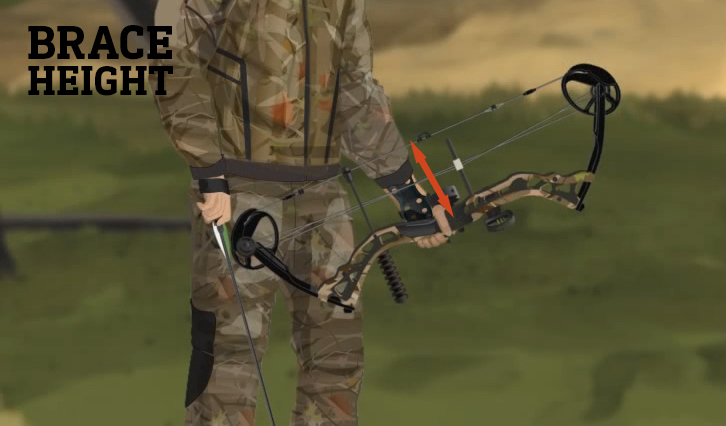
Bow Weight
The weight of the bow itself is also something important to consider. This also goes hand in hand with how you’re planning on using your bow. A lightweight bow is easier to handle and therefore a good idea for a beginner archer. It’s also useful for someone hunting from a treestand, or who will be making long treks through the woods. The trade off on a light bow is there is considerably more vibration and therefore more sound.
A few other things to consider
Determining what compound bow is the right fit for you is key in your success as a bow hunter. Here are a few other things to consider when selecting your first compound bow:
- The Speed and Noise
- Cams
- Riser
- Bare vs. Ready-to-Shoot Compound Bows
Speed and noise
Depending on what you’re hunting, you’ll want to pay special attention to both speed and noise. Ideally, you want a bow that doesn’t make much noise — especially when hunting something like a deer. However, a quiet bow also goes hand in hand with a fast bow and a heavy draw weight, which can be a lot to handle for a new bowhunter. Talk to your local archery store to find a bow that strikes the perfect balance for you.
cams
The cams on a compound bow wear many hats, but perhaps the most important is that of manipulating the bow’s draw weight. They change the way a bow stores and transfers energy and ultimately allow you to hold less weight at full draw. There are four different cam styles to consider: single, hybrid, binary and twin. The Archer’s Hub goes into great detail of the pros and cons of each system.
Many new archers choose and become loyal to the twin cam system because of their precise and accurate shooting, efficient speed and large adjustment ranges.
Riser
Your compound bow’s riser is the handle on your bow. Your riser adds comfort and accuracy to your hunt while effectively increasing or decreasing brace height. The three types of risers are: reflex, deflex and straight. A reflex riser is the most common type. It curves away from the natural curve of the compound bow. This reduces brace height and increases shooting speed (as discussed above in the “Brace Height” section). Alternatively, deflex does the opposite, following the curvature of the limbs of the bow. This decreases the speed of the shot but increases accuracy.
Finally, a straight riser falls right in between, though more similar to a reflex riser, with a slightly less extreme curve. These risers offer a faster yet more forgiving shot.
Bare vs. Ready-to-Shoot Compound Bows
Bare bows come without the necessary accessories you need to shoot, while a ready-to-shoot compound bow includes them already. Your budget is going to have a lot to do with selecting a bare vs. ready-to-shoot compound bow. To get the most bang for your book, we recommend looking for packages that provide you with everything you need to get started, as customizing your accessories can quickly add up! Look for packages that contain some or all of the following: target, arrows, vibration dampeners. release/trigger, adjustment features, cams, sight pin, arm guard. arrow quiver, arrow rest and bow case.
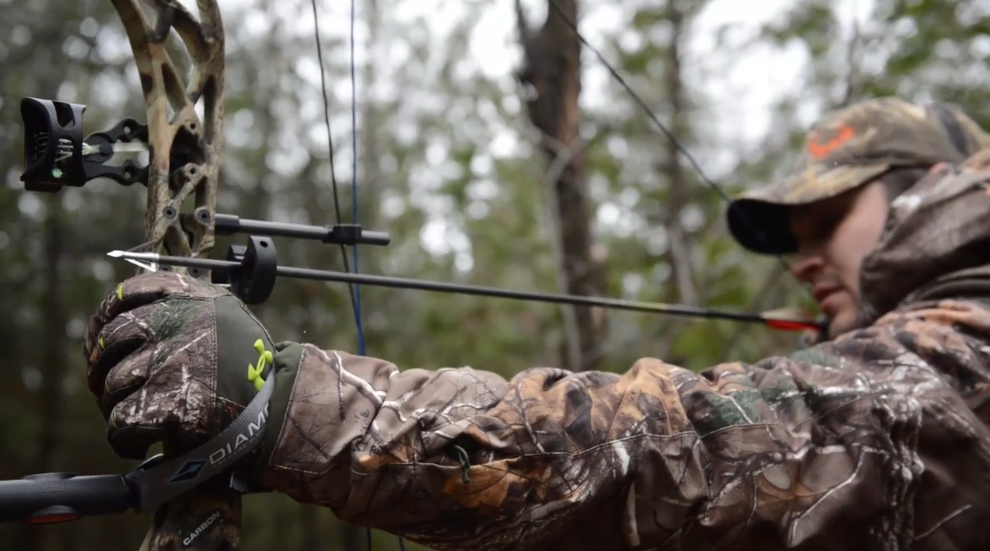
Try, Test and Try Again!
Once you know what to consider when shopping, you’re ready to select your own compound bow! There are a couple of things we always, always recommend for people shopping for compound bows, but the most important thing is to try, test, and try and test again. Different bows feel completely different to different people, and a compound bow that your friend loves may not be one that you love, too. Take the time to shoot your bow in the same manner you’ll be shooting it out in the field, and don’t be afraid to try new ones if you can’t find one that feels exactly right.
Your local archery shop should be able to help guide you along the way to choose the right compound bow for you, and finding an archery shop that makes you feel comfortable is so important in your compound bow search. Compound bows vary greatly in comfort, price, speed and SO much more, and picking the right one for you is absolutely essential to making your bowhunting experiences as next-level as you can. Since bowhunting is such a detailed, sensitive sport, your compound bow choice matters! Continue to test before you purchase, and look for the best compound bow for you. From the cams all the way to the draw weight, consider everything — and your compound bowhunting experience will be all the better for it!
